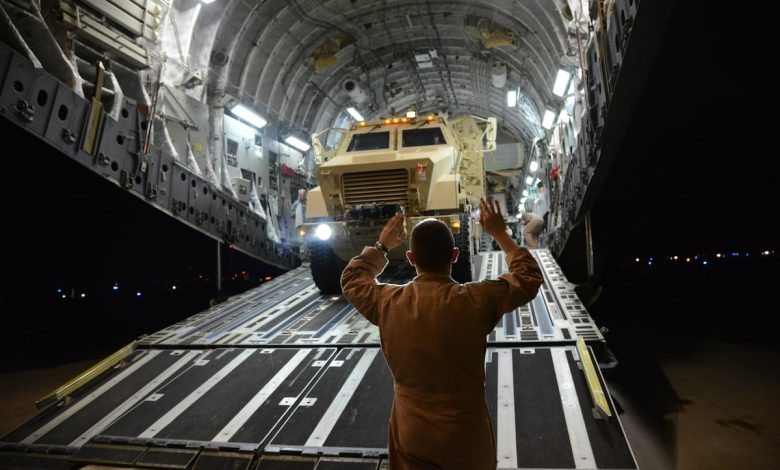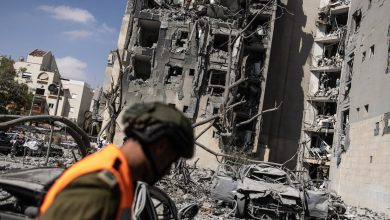‘Burn it down’: Experts urge ditching sluggish Pentagon arms process

The Pentagon’s requirements process for weapons development is a bureaucratic morass that stymies true innovation and must be scrapped entirely and replaced, two prominent defense experts argue in a new Hudson Institute paper.
The Joint Capabilities Integration and Development System, or JCIDS, is meant to help the Pentagon figure out what capabilities the military needs and confirm whether an acquisition program will fill those needs.
But in a report released Monday, titled “Required to Fail”, former Deputy Undersecretary of Defense for Industrial Policy Bill Greenwalt and Hudson Institute Senior Fellow Dan Patt argue JCIDS has failed to produce the promised results and — after at least 10 failed attempts at reform — is beyond salvaging.
“JCIDS has failed too completely, too systematically, to be rescued by another committee’s review or a fresh coat of bureaucratic paint,” Greenwalt and Patt said in the report. “The DOD needs to burn it down to its smoldering foundations and let it vanish into history.”
Instead, Greenwalt and Patt said, the Pentagon should replace JCIDS with a new system that focuses on experimentation and prototyping, direct input from combatant commanders and service members and a small, strategic reserve of joint funds at the senior level to bankroll promising new technologies that could help troops across multiple services.
Established in 2003, JCIDS formalized the Pentagon’s requirements processes, which began to be established in 1991.
JCIDS was intended to ensure every new system or capability the Pentagon brought on could serve the broader joint force and not just a single service, the Hudson Institute said. It was also intended to give combatant commanders more of a voice in the development process, ensure new systems would be interoperable with other systems, encourage innovation, and ensure new systems help the military implement its strategies.
Those have turned out to be “broken promises,” Greenwalt and Patt said. Instead, they said, JCIDS has held back military progress — at times, taking more than two years to validate a requirement while adversaries proceed much more swiftly — left potential innovations tied up in bureaucratic red tape and prioritized “paper shuffling” over actually figuring out what would be the most combat-effective system.
JCIDS is “a burdensome layer of ceremony, divorced from the real decisions that shape our future military edge,” Greenwalt and Patt said.
The new system they envision replacing JCIDS would be inspired by past moments where the military moved quickly to meet emergency needs — such as the rapid acquisition process to create counter-improvised explosive device capabilities that took place during the height of the Iraq War, particularly the Mine Resistant Ambush Protected vehicle that helped protect many troops.
The new process would create a Joint Operational Acceleration Pathway that would focus on urgent warfighting challenges — or “operational imperatives” — highlighted by combatant commands.
It would also create a fund called the Joint Acceleration Reserve, which could help services pay for promising ideas when an experiment shows that capability might be useful in the field, they said.
And the new pathway would have a streamlined organization focused on executing projects known as the Mission Engineering and Integration Activity. This activity would work alongside combatant commands and try to leverage promising technology from both industry and government’s research and development arms.
Stephen Losey is the air warfare reporter for Defense News. He previously covered leadership and personnel issues at Air Force Times, and the Pentagon, special operations and air warfare at Military.com. He has traveled to the Middle East to cover U.S. Air Force operations.







